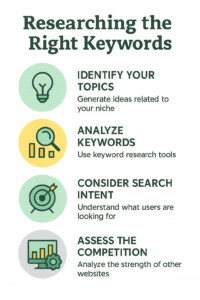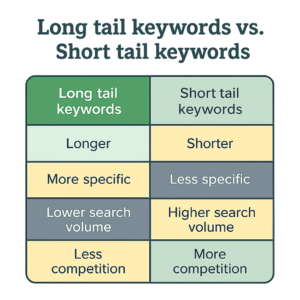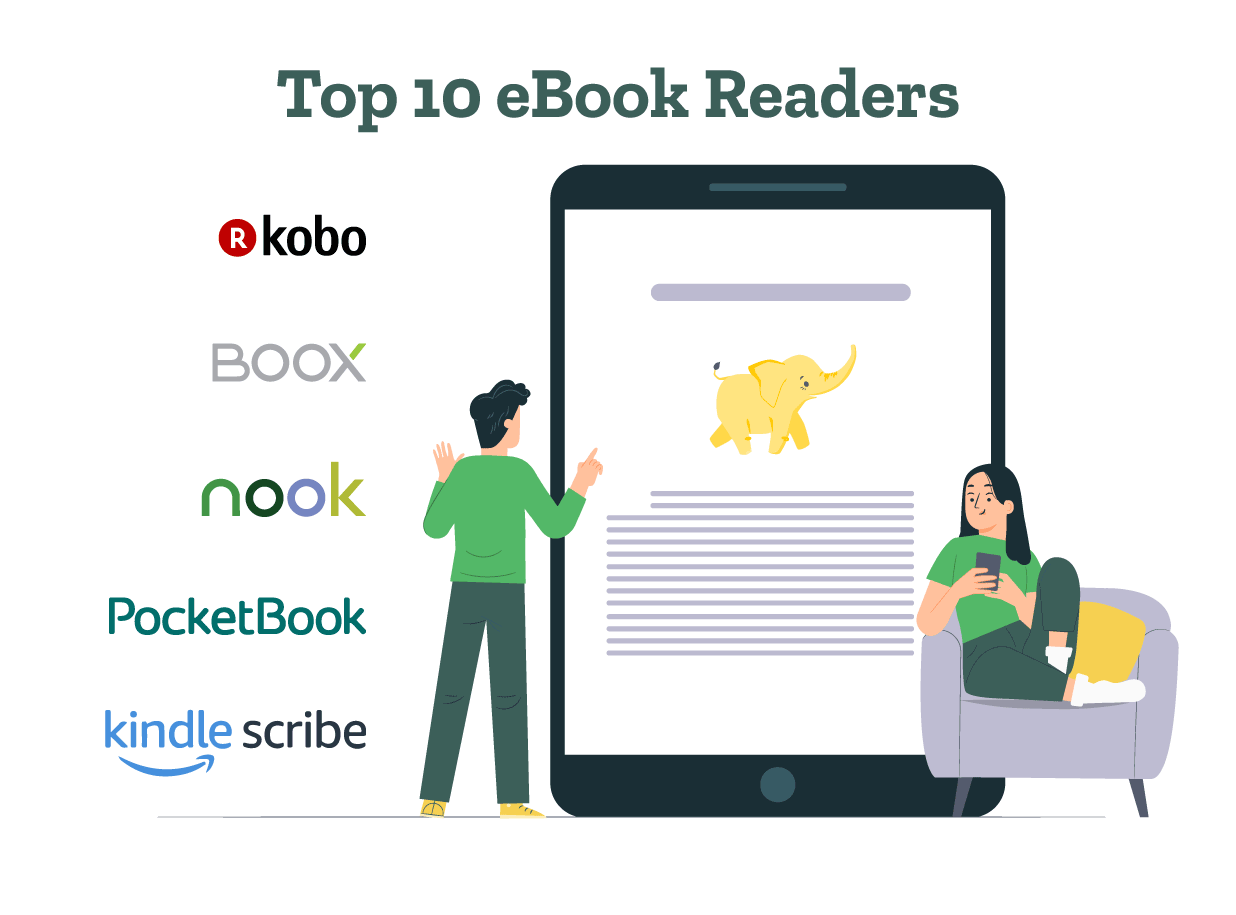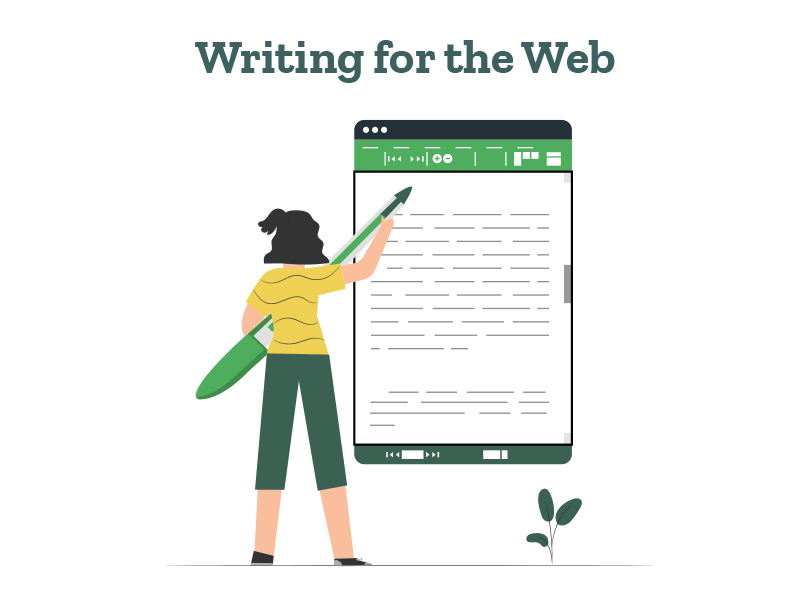Still have questions? Leave a comment
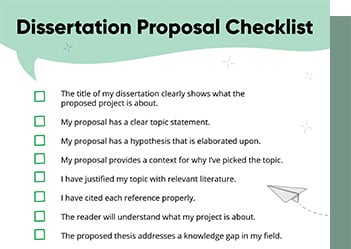
Checklist: Dissertation Proposal
Enter your email id to get the downloadable right in your inbox!
[contact-form-7 id="12425" title="Checklist: Dissertation Proposal"]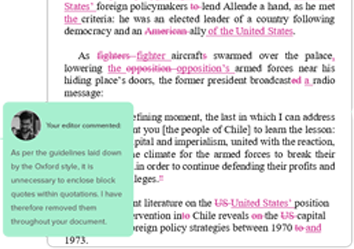
Examples: Edited Papers
Enter your email id to get the downloadable right in your inbox!
[contact-form-7 id="12426" title="Examples: Edited Papers"]Need
Editing and
Proofreading Services?

How to Write SEO Content: Tips for SEO-Optimized Content
 Jun 19, 2025
Jun 19, 2025 5
min read
5
min read
- Tags: Writing Tips
So you’ve got your blog or website article topic, but are not sure how to ensure it grabs eyeballs on the web? Here is a practical guide to writing SEO-optimized content that will increase traffic to your webpage!
Polish and Perfect Your SEO Content with Expert Editing Today! Learn More
What is SEO content?
SEO or Search Engine Optimization is an essential part of web content writing today. In the race to get hits on your website, using the right keywords and phrases and tailoring your content to rank high in search engine results pages (SERPs) plays a massive role in your success.
Essentially, you are getting into the skin of the person searching for results and predicting what they are looking for. Therefore, it is of prime importance to use the phrases they are likely to type into their search engine in your content.
How to write SEO-friendly content
So you have a website or blog, you have a topic in mind, but you’re not sure how to write something that will make your work a top result on major search engines? Here are some simple, logical, and effective tips to write good, SEO-backed copy that will ensure your website or blog grabs eyeballs!
Step 1: Get into the reader’s head
The very first step when it comes to writing web copy that will resonate with readers is to get into the reader’s head. Suppose you were searching for answers on a particular topic, what sort of questions would you ask? Frame your article around answering those questions, and research commonly used keywords in articles on the same topic as you use. Insert these at strategic locations in your text and voila! You have what the reader is looking for.
Step 2: Use headings effectively
No one likes to read through a massive chunk of text online with no paragraph breaks, unless they want a headache! Break up your text into short paragraphs and use H2 and H3 subheadings to give the reader an idea of what the paragraphs are about at a glance. These headings should be short and to the point, incorporating SEO keywords that the reader is likely to be looking for. This also increases the chances of your article ranking high on major search engines.
Step 3: Make your content viewer-friendly
Once you are done dividing your text into paragraphs, it is important to dress it up a little in order to make your blog more viewer-friendly. Use bullet points, insert relevant images at strategic places, and format your subheadings in bold so that they catch the reader’s eye.
Step 4: The technical stuff
Once you’ve got the basic text in place, it’s time to insert a few technical details that will bring it all together nicely, like icing on a cake! Write a meta description of 145–155 characters that is sharp, snappy, and brings home the point of your article to a casual skimmer. Keep your URLs short to avoid links with large amounts of trailing text. Finally, ensure your images all have alt text that provides the reader with some context.
Step 5: Link it up
Now that your article is ready, it’s important to include internal links before publishing—internal links lead the reader to articles on related topics elsewhere on your website. This way, you can increase traffic and readership!
How to use keywords correctly
Now that you’ve got the basics sorted, it’s time to dive into the specifics of SEO optimization. Keywords are of prime importance—the path to success in the world of SEO is to insert the right keyword at the right place. Here is some detailed information about keywords that will help you:
How to research the right keywords
As mentioned before in this article, the key to getting your keywords right is to ask questions from the reader’s perspective. Suppose you were a reader looking for recommendations for the best thriller movies to watch, you’d likely enter some of the following phrases in your search engine: new thriller releases, new English (or insert any other language) thriller movies, thriller movies playing near me, and so on. Voila! There you have it—some ready-made keywords and keyphrases. Researching the right keywords would involve working backwards, in a way—taking a deep dive into the topic, and then making a note of all the points that would likely be asked by a reader looking for information on that particular topic.
How to insert keywords without being over-the-top
Once you’ve got your list of keywords, it’s important to perfect the delicate art of inserting them at the right place—an article peppered with two or three keywords per sentence can come across as repetitive or overpowering. Instead, insert one keyword or keyphrase every two or three lines, and build the rest of the passage around it. This way, you answer the reader’s questions and create SEO-optimized content without compromising on readability.
It is also important to know what are long- and short-tail keywords and how to use them. To put it simply, short-tail keywords are what a reader would type when in a hurry—brief phrases that would provide a wide swathe of information on a particular topic. For example, ‘Disney movies’. Long-tail keywords, on the other hand, are more like detailed questions a reader would ask when looking for specific information. For example, ‘Disney movies based on fairy tales’ or ‘21st-century Disney movies’. Short-tail keywords typically have a higher search volume than long-tail keywords, but it is important to have a mix of both in your article to ensure your content stays at the top of search engine results.
Writing for different types of websites
Writing good SEO-optimized content does not look the same for all websites. While keyword research is important across topics, the tone of different kinds of sites can vary, requiring the writer to tailor their content accordingly.
Personal blog: As the name suggests, when writing for a personal blog, the tone should be light and informal—even vulnerable, if the occasion calls for it—and the topics need to be relatable and should give an insight into who you really are. Some examples include fashion blogging, travel blogging, food blogging, parenting, skincare, makeup, or simply writing about your life experiences as a kind of online diary. Effective use of fashion SEO can help style-focused blogs reach a wider and more engaged audience.
E-commerce site: Since the primary goal of an e-commerce site is to sell something to the audience, the language must be smart, snappy, and persuasive. It is best to avoid long, waffling descriptions and unnecessarily wordy passages. Craft your descriptions with keywords related to the products you are selling, for example, ‘gold-plated watch for women’.
Informative/research site: Providing information aimed at researchers or students calls for a more formal tone. It is best to avoid casual phrasing and have a more grounded approach to sharing research-backed information. It helps to imagine you’re explaining a topic to a class when writing these kinds of articles.
Entertainment site: The language on an entertainment site is usually fun, bubbly, and gossipy. The tone can be casual, and the topics need not necessarily be too deep or philosophical. Popular topics include those about upcoming TV shows and movies, reviews of new shows and movies, and pieces about what celebrities are up to.
How to write for local SEO
It is very important to ensure your website ranks high in localised searches. The best way to do this is to use keywords that are popular in local SEO. For example, if your website is promoting a jewelry store in a particular city, the meta description could include phrases like ‘best hallmarked gold in <enter city’s name>’, or ‘oldest and most trusted jeweller in <enter city’s name>’. It could also include short-tail keywords like ‘gold jewelry in <enter city’s name>’, ‘silver jewelry in <enter city’s name>’, and so on to show up high in the localised search results in that particular city or region.
Check out PaperTrue’s expert editing and proofreading services to enhance your writing today! With our expert editors, detailed instructional blogs, and AI-powered services, we can help you create the perfect SEO-optimized content your website needs to shine!
Here are some more resources that may help you:

